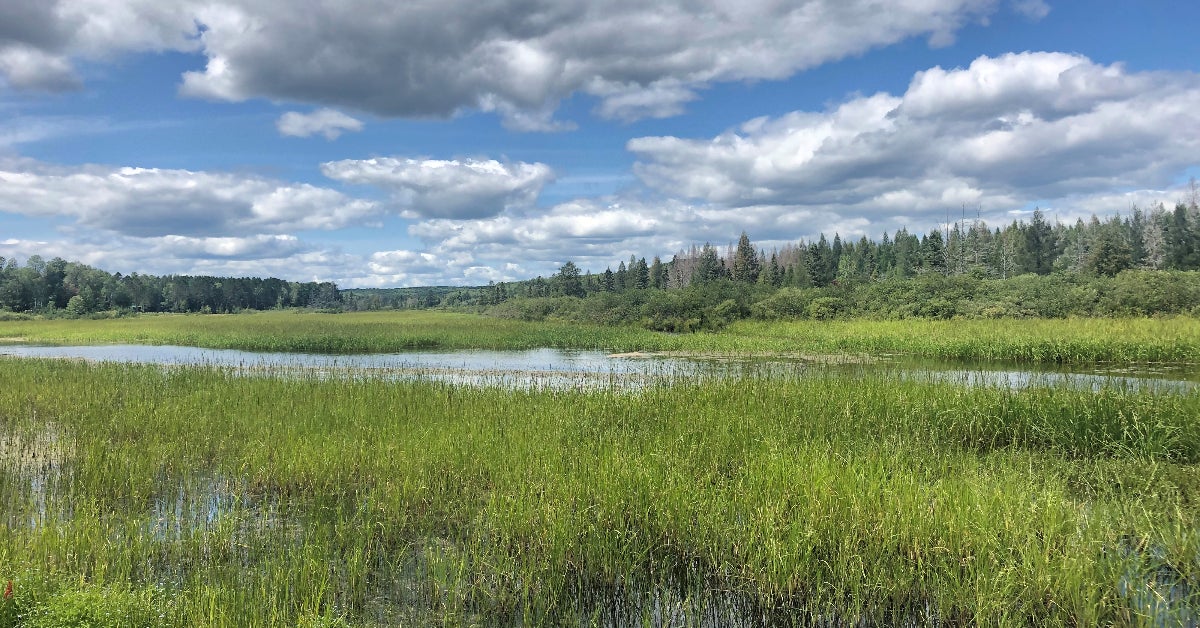USACE researchers collaborate with Native American tribes to improve wild rice productivity
Published 11:43 am Wednesday, December 22, 2021

- A healthy stand of wild rice is indicative of a highly functional ecosystem in the northern Great Lakes Region. (U.S. Army Corps of Engineers photo)
U.S. Army Corps of Engineers (USACE) researchers are working with the Lac Vieux Desert Band of Lake Superior Chippewa Indians and other Native American tribes to help improve wild rice (Zizania palustris) productivity.
The U.S. Army Engineer Research and Development Center (ERDC) work is supporting two six-year USACE Detroit District Planning Assistance to States studies.
Wild rice, or “manoomin” in the Anishinaabe or Ojibwe language, is found in fringe and riparian wetlands along lakes and rivers in the Great Lakes region. It is culturally significant and an important food source for Great Lake region Native American tribes. Wild rice is also a vital part of traditional religious ceremonies for these tribes.
The Native American tribes harvest wild rice using traditional methods. Called “knocking the rice,” harvesters gently guide a canoe through the rice while using “knockers” to carefully knock or brush ripe rice into the canoe, taking great care not to damage the plants. This centuries-old method helps sustain wild rice stands.
Knowledge of wild rice has been handed down through oral tradition. ERDC researchers found the Native American tribes to be an invaluable repository of wild rice ecological and cultural information.
In addition to its cultural significance, wild rice is also important to the region’s ecology. Wild rice is an annual plant that lacks a rhizome, and its seeds germinate following a prolonged submergence in cold temperatures. In ecosystems where it is found, wild rice functions as an aquatic habitat and food resource.
Wild rice is also sensitive to ecosystem changes. Large stands of wild rice indicate a healthy, functioning ecosystem. However, over the last few decades wild rice production has significantly declined.
Many factors, including precipitation, water quality, water temperature, vegetation competition, soil properties and hydrology, impact wild rice production.
“Current ERDC research focuses on 12 lakes in the upper peninsula of Michigan,” said Dr. Jacob Berkowitz, research soil scientist in the ERDC’s Environmental Laboratory. “There are varying levels of wild rice productivity across these research lakes.”
ERDC research at the lakes is focusing on three components, each important to sustaining wild rice production: nutrient concentrations in the water column and in sediment porewater, soil physicochemical properties and hydrology.
“The ERDC continues to work collaboratively with the Native American tribes of the upper Great Lakes region to identify ecological threats to wild rice,” Berkowitz said. “Researchers are developing monitoring and mapping tools to help the tribes improve wild rice management.”
The benefits of these updated management practices will include improved water quality, reduced flood risks and ensure the future sustainability of wild rice in the region.





